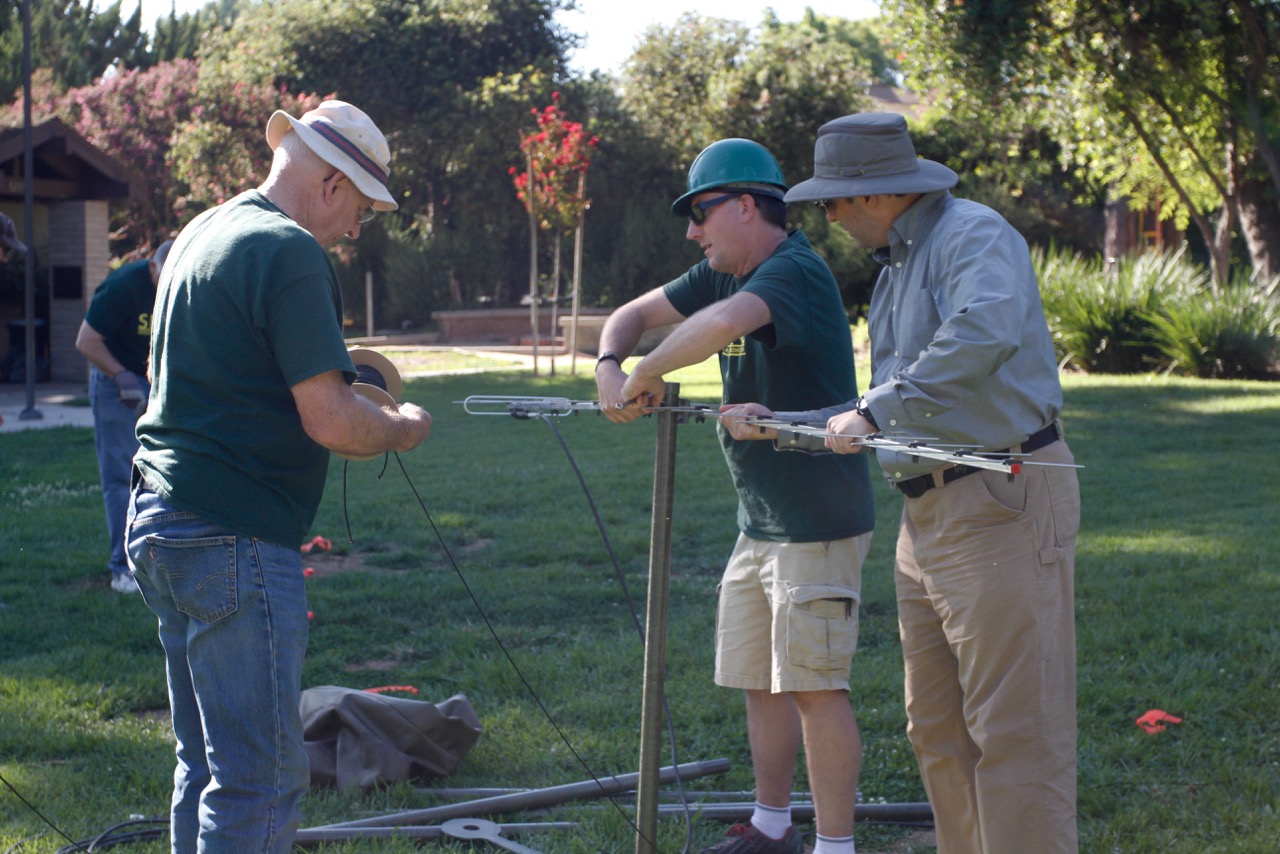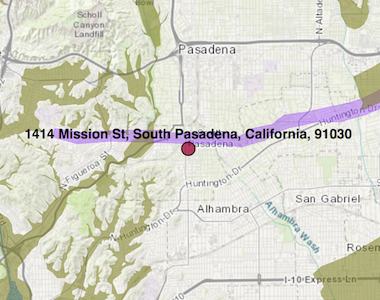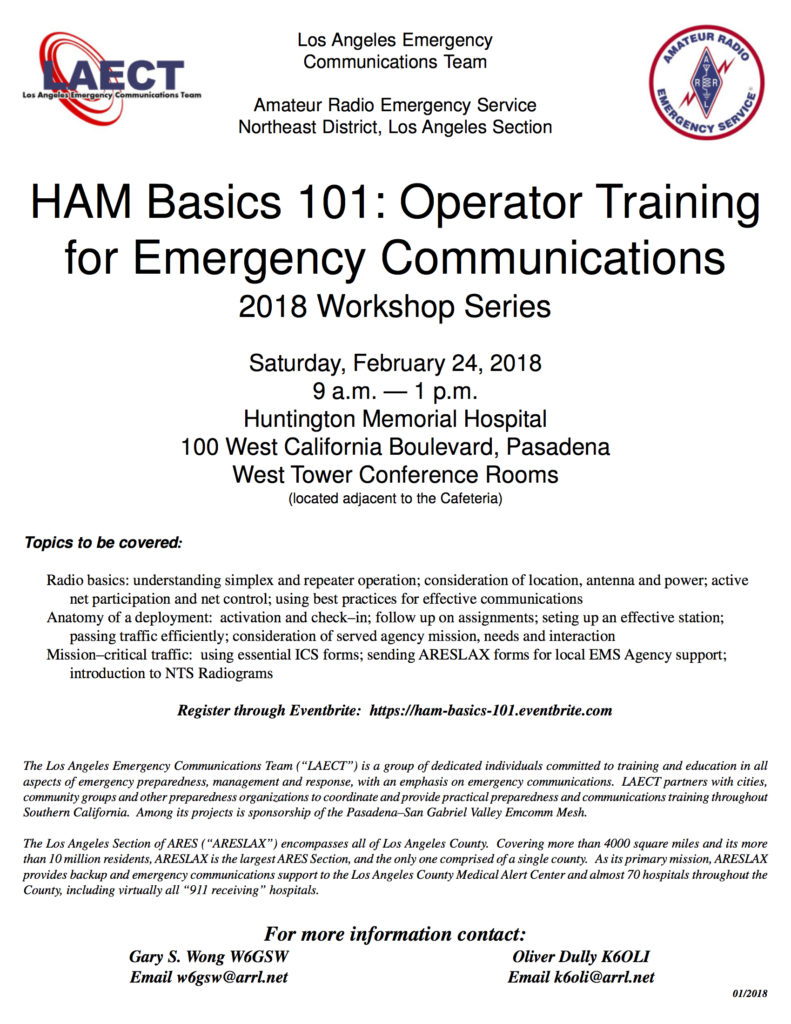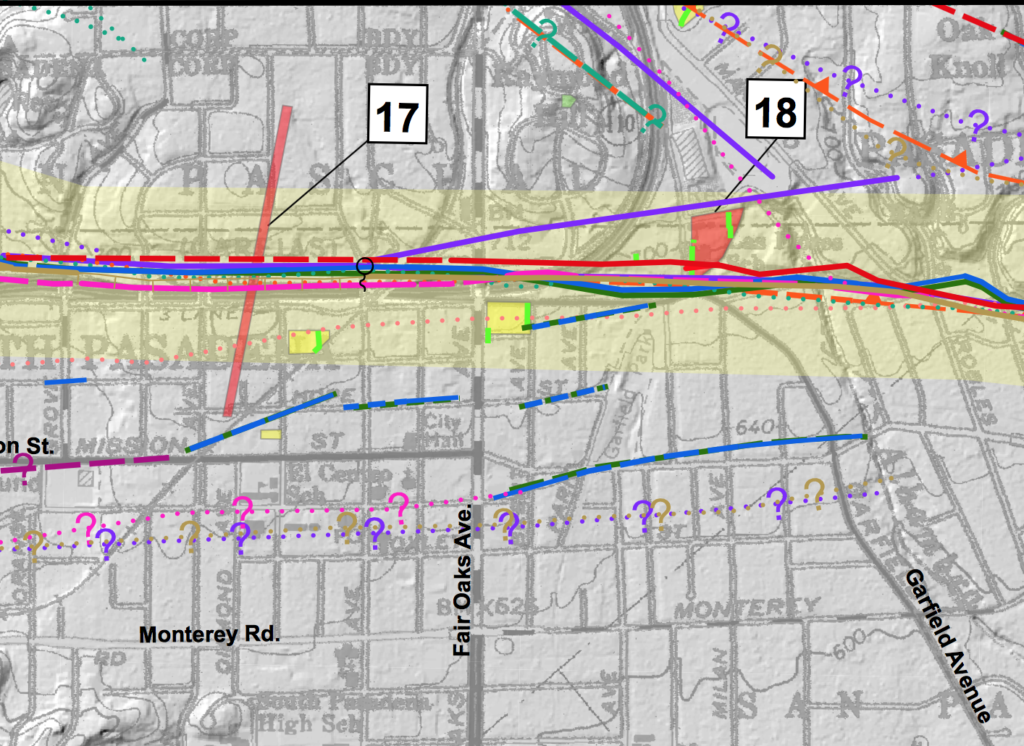Our friends at the South Pasadena Community Emergency Response Team have released their calendar of events for the rest of 2019. We’ve added these events to our calendar page and will update the listings if/when new dates are announced. Visit the CERT page to register for the refresher course or the fall training session.
May 25, 2019
8am – noon
CERT Refresher Training (held at SPFD)
July 4, 2019
9am – 2pm
CERT Booth in Garfield Park after the annual Festival of Balloons
August 6, 2019
6 -9pm
CERT Booth at National Night Out in Orange Grove Park
September 21, 2019
8am – 1pm
Basic CERT Training, fall session week 1 (held at SPFD)
September 28, 2019
8am – 1pm
Basic CERT Training, fall session week 2 (held at SPFD)
October 5, 2019
8am – 1pm
Basic CERT Training, fall session week 3 (held at SPFD)






